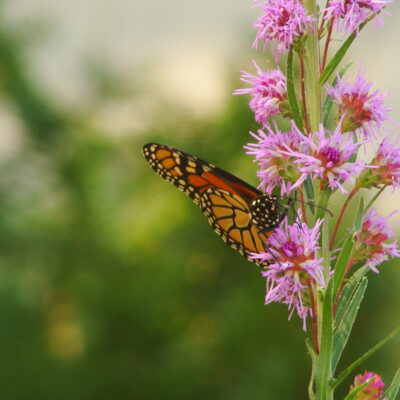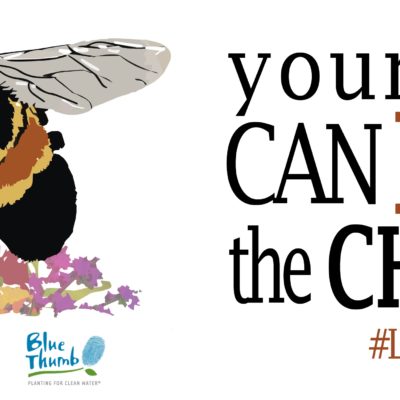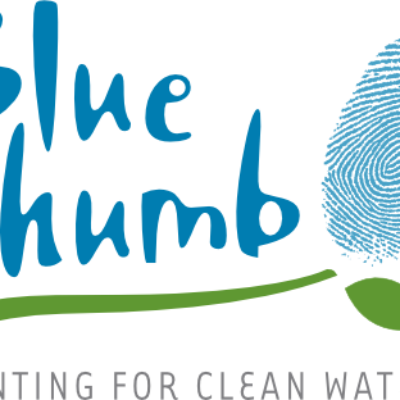Pollinator Beneficial Trees and Shrubs
One flowering tree can provide as much nectar and pollen as an entire garden. Fruiting shrubs and trees offer multiple other benefits to our yards: habitat, shade, height and structure, food for people and other wildlife, and seasonal interest throughout the year. Large trees can even intercept hundreds of gallons of rain before it becomes…




